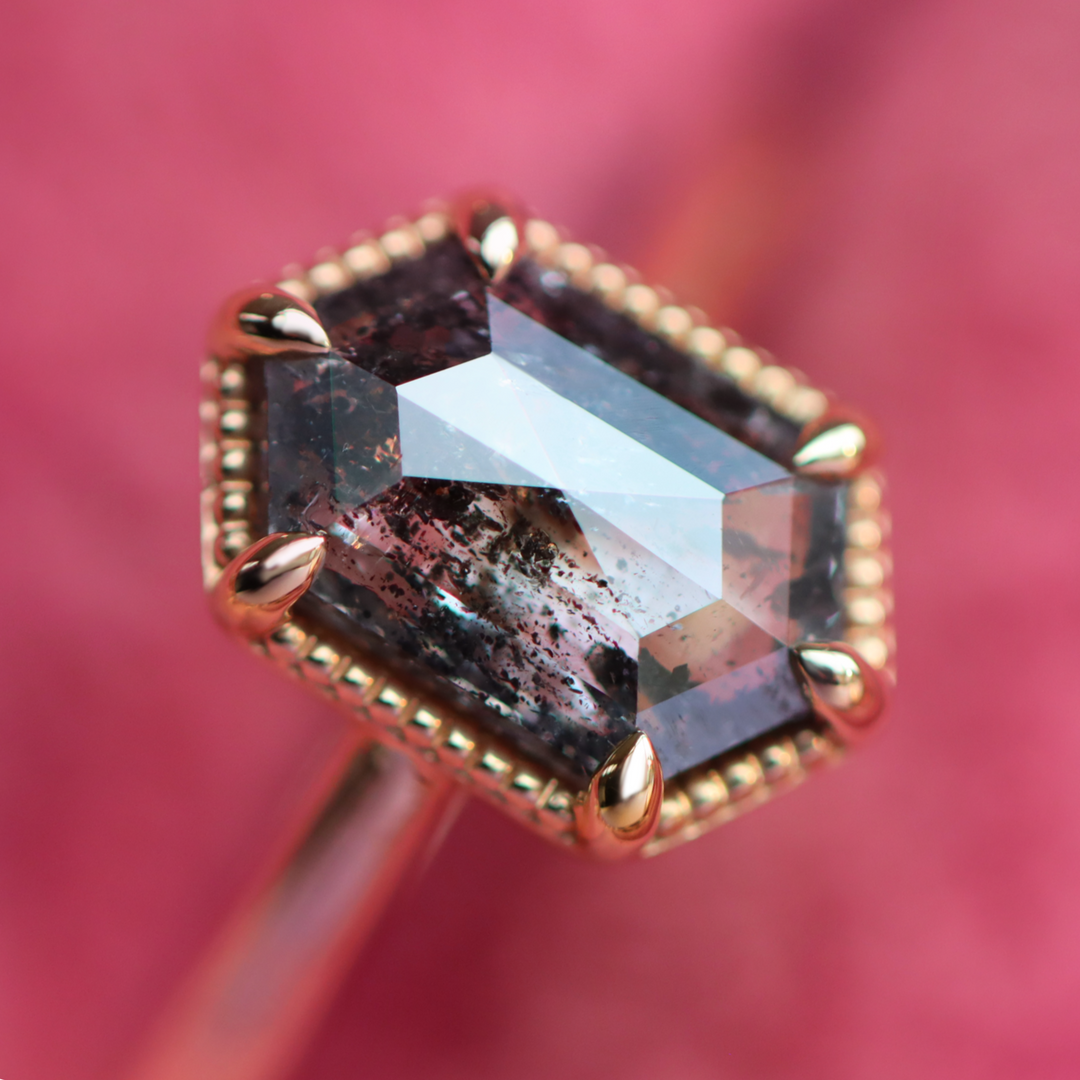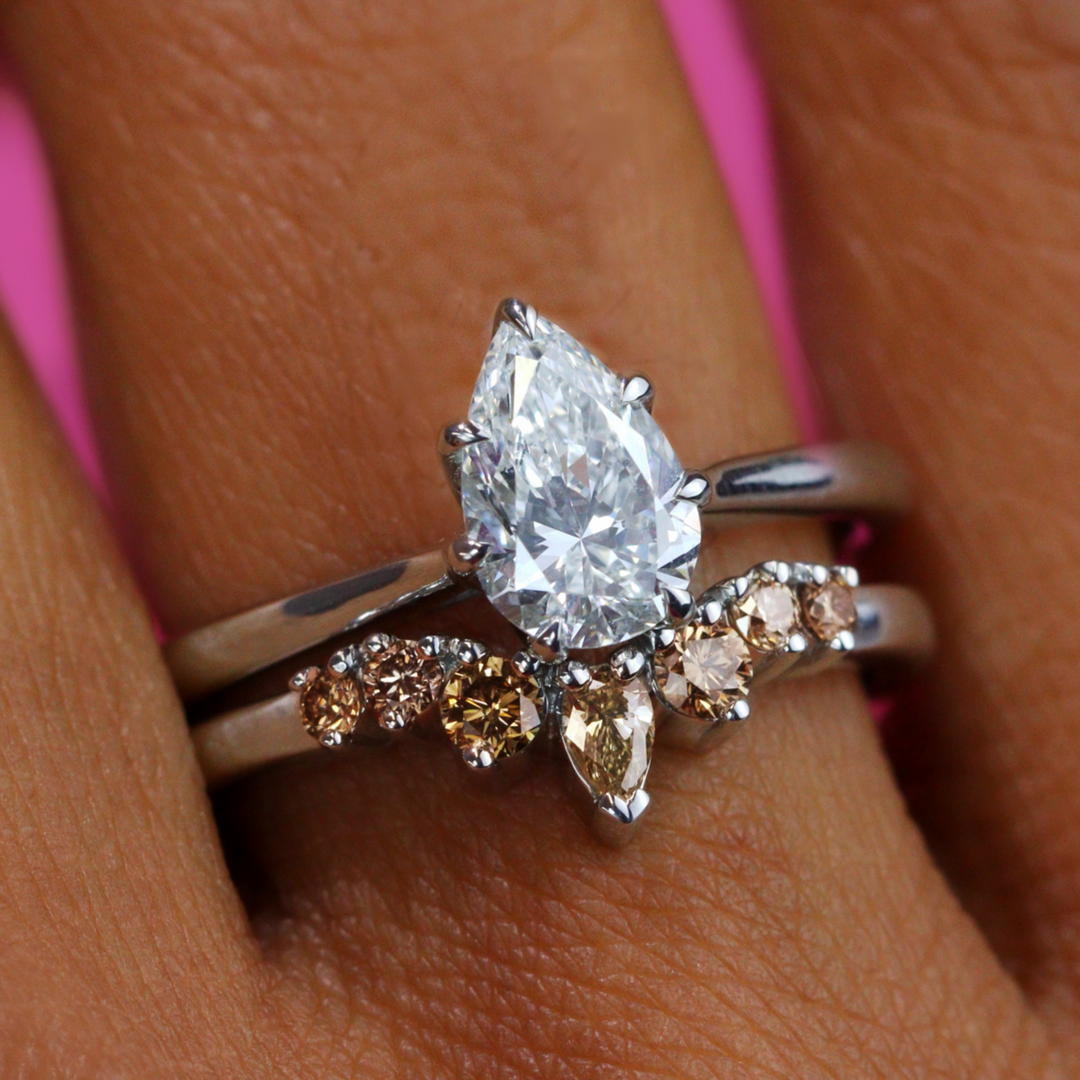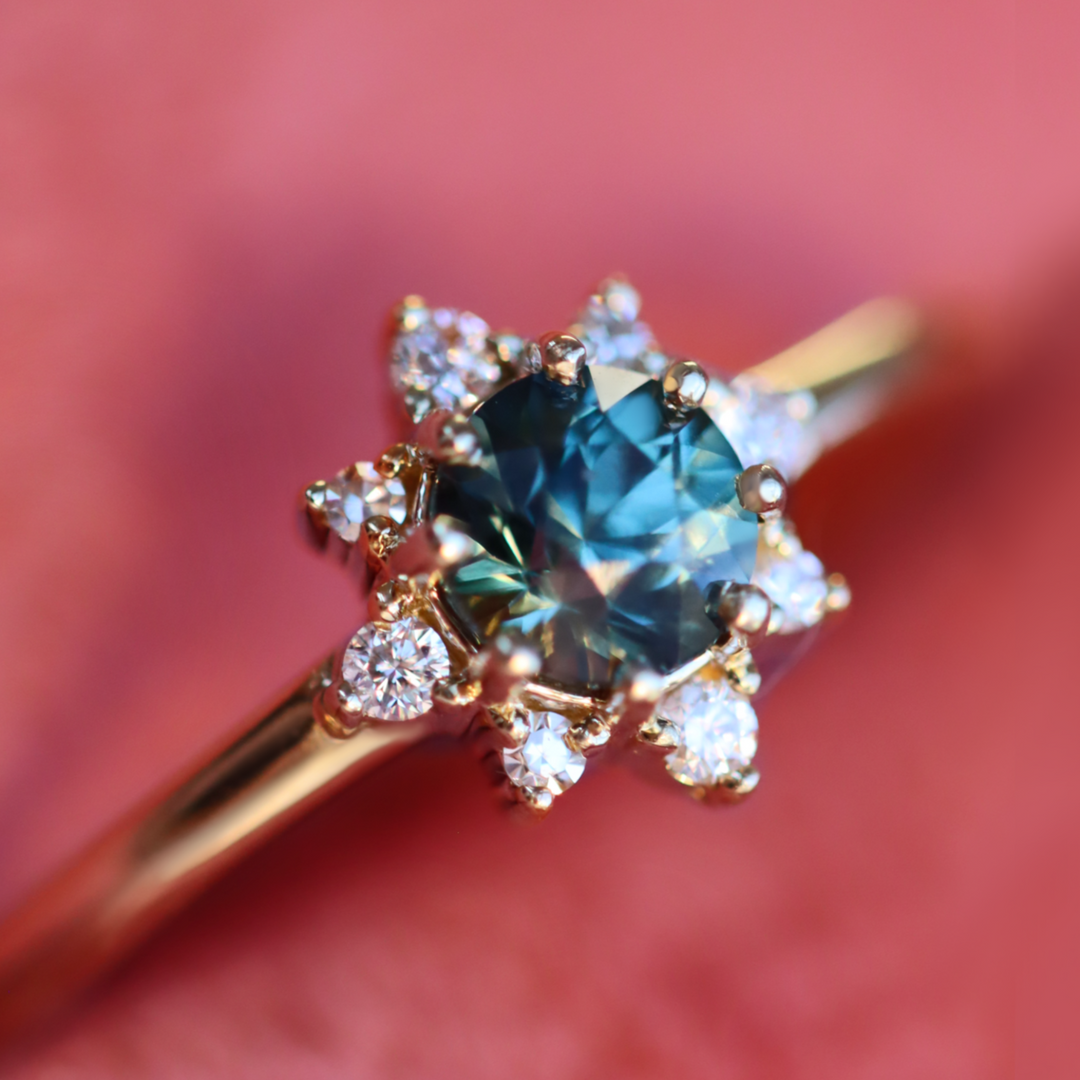under the microscope with our ceo - sapphires vs. tourmalines
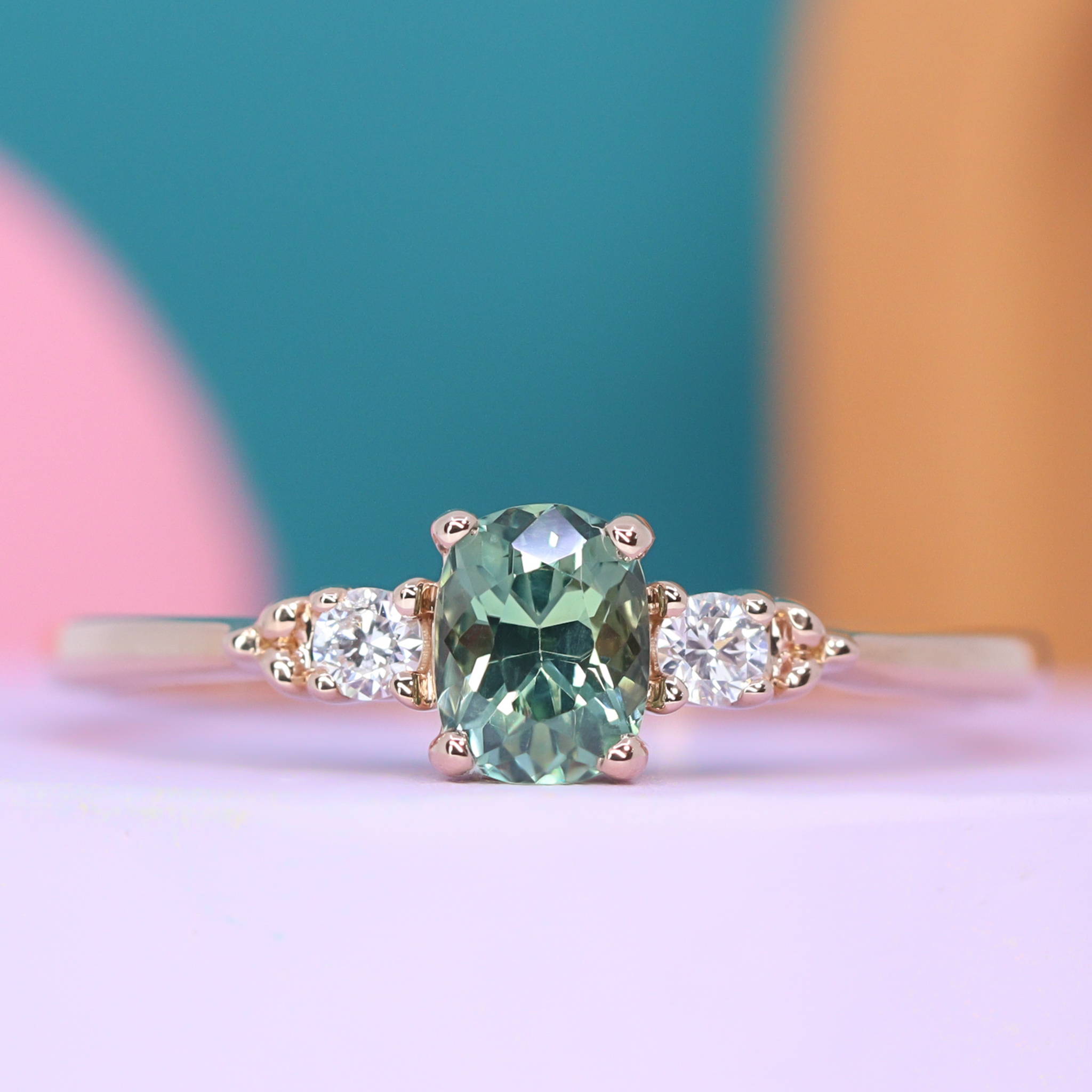


Hello everyone! I'm Jessica Flinn-Allen, the principal designer and CEO at Jessica Flinn Fine Jewellery. Choosing your centre stone is a big decision, and it's important to make a decision you're confident with. That's why I'm here to talk about the differences between Sapphires and Tourmalines, to help you choose the perfect stone for you!
At Jessica Flinn, we specialise in teal, blue and green sapphires and tourmalines, and have lots of stunning choices in our Ready to Wear collection. We also create beautiful bespoke pieces, sourcing gemstones in a vast array of colours to suit your style and budget.
Now, let's dive in!
strength & durability
When it comes to strength, Sapphires are one of the toughest gemstones available. Second only to diamond, Sapphires have a MOHs scale hardness of 9, making them ideal for daily wear and highly resistant to scratches and cracks. On the other hand, Tourmalines have a MOHs scale hardness of 7 to 7.5, which makes them more delicate and prone to damage if not handled with care.
colour
Both Sapphires and Tourmalines can be found in a vast array of colours, from classic blues and earthy greens to much rarer hues such as pink, yellow and red. It's worth noting that natural blue Sapphires are one of the most valuable and sought after colours, however green and teal Sapphires and Tourmalines are becoming increasingly popular. Sapphires with vivid colours are rare in nature, and it's standard practice to heat sapphires to bring out their colour and make it even more vibrant. Both gemstones have a stunning range of colours available, although I must admit, my favourites are teals, blues and greens!
Something to think about when choosing your gemstone, is how the metal colour can change the overall look of your ring. Green Sapphires and Tourmalines look absolutely stunning in a warm yellow gold setting, and the colours complement each other brilliantly. If you want to bring out the cooler hues in a green gemstone, maybe you should consider a platinum or white gold setting. Classic blues really stand out when set in a white gold or platinum setting, however a rose or yellow gold band can bring out the warmer, more purple hues in a blue gemstone. Teal gemstones are the best of both worlds - we think they look good in everything! If a particular metal colour is more suited to your style or skin tone, this might sway your decision about the colour of your gemstone!
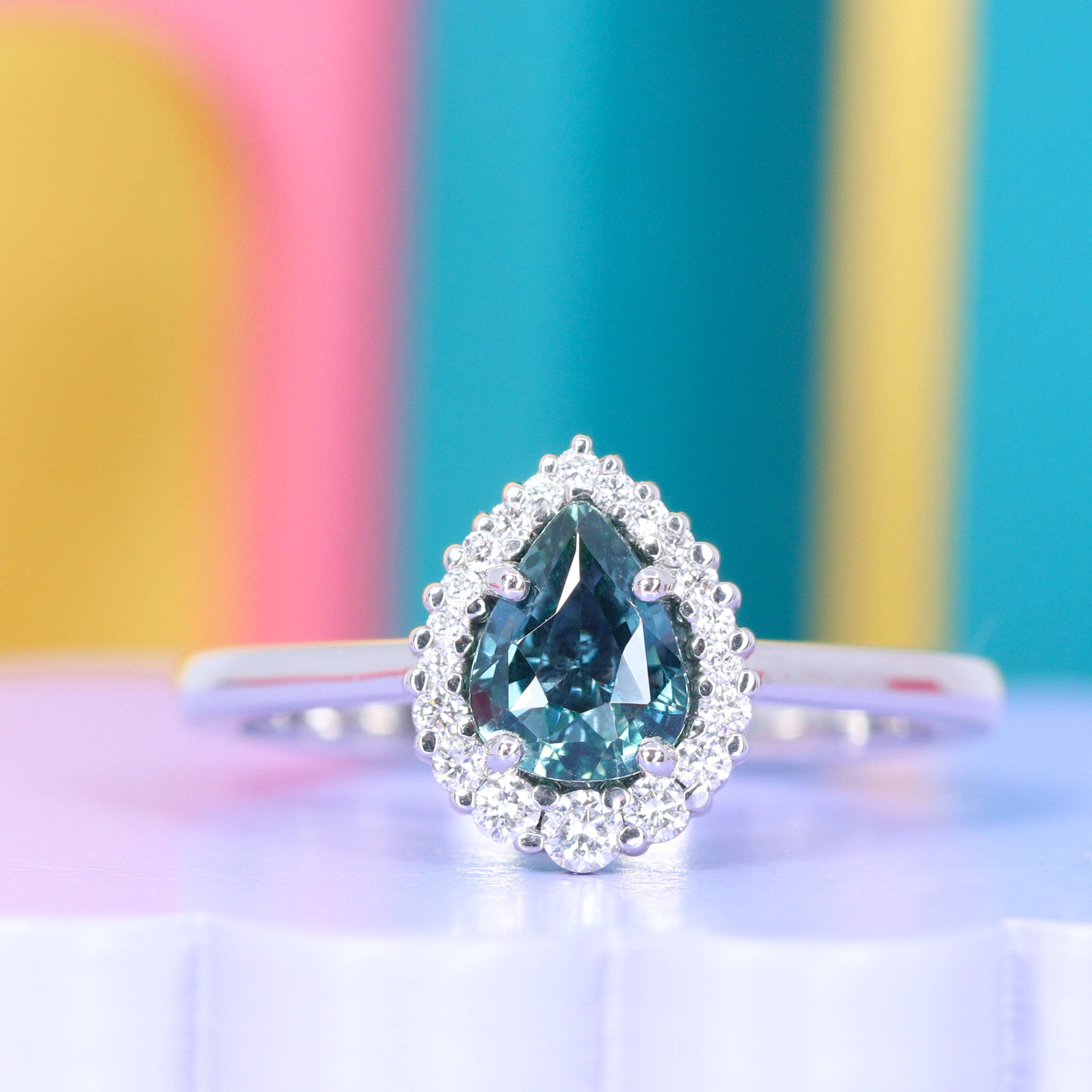
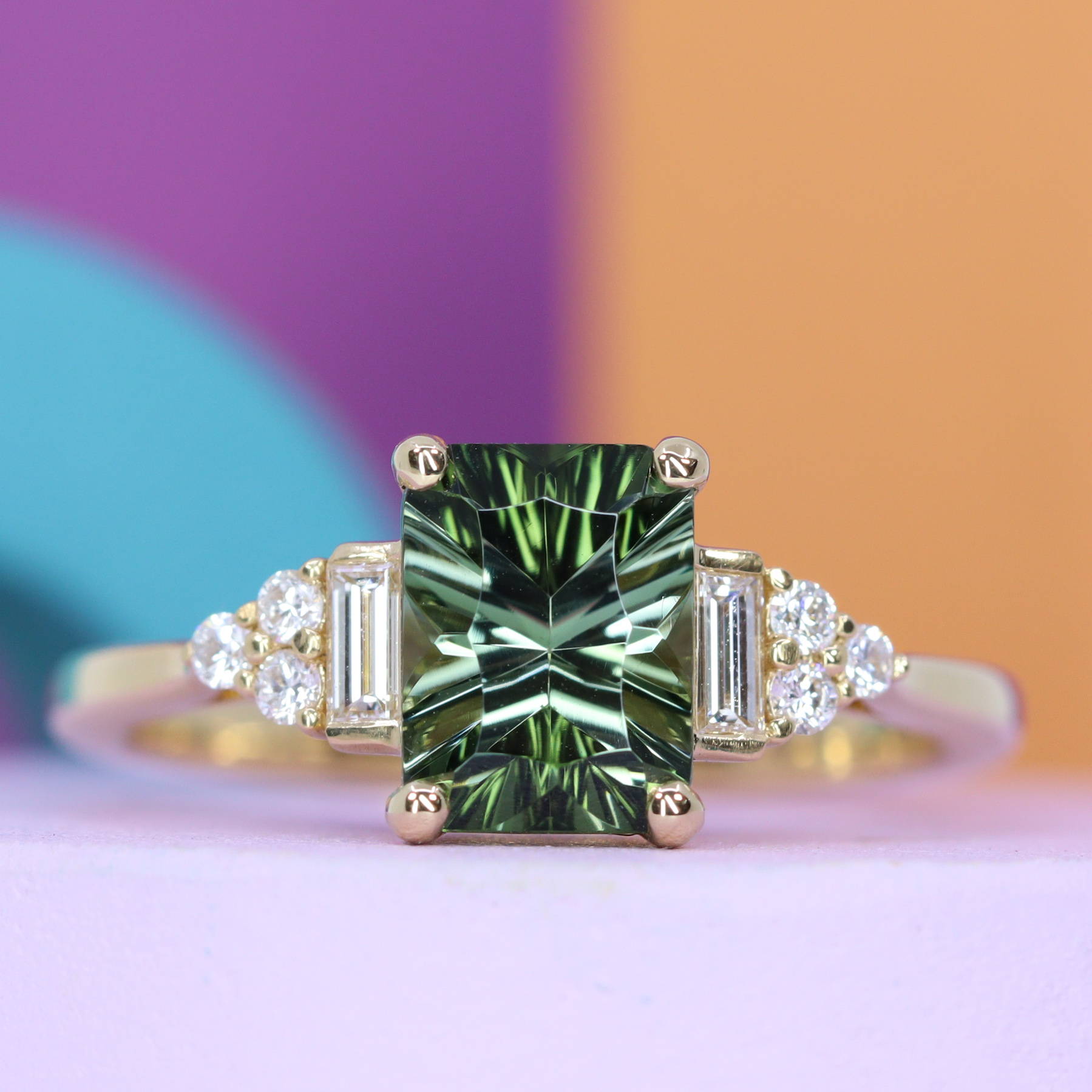


shapes
When it comes to shapes, both of these amazing gemstones can be found in a huge variety of shapes and sizes. From classic rounds, ovals and pears, to unique hexagons, trilliants and kites, the world really is your oyster. Pear shapes and ovals are particularly popular, but kite shapes are certainly giving them a run for their money. Certain shapes lend themselves to particular ring styles, such as halos, trilogy rings or asymmetric designs. Choose whatever speaks to you the most, and don't overthink it! You may have spotted a particularly mesmerising cut in the images above - this is our 'Optix Cut', which gives the gemstone a unique sparkle and enhances it's natural beauty. Check out our Tourmaline Ready to Wear collection for more Optix Cuts!
value
Generally speaking, Tourmaline is more affordable than a Sapphire in the same size, colour and shape. That's not to say Sapphire is unaffordable! There are so many factors affecting the value of a gemstone, such as cut quality, richness of colour, carat weight and much more. Our design team are well versed in sourcing gemstones that suit not only your colour requirements, but your budget too. If you're looking to create a bespoke or custom piece, let us know your budget and we'll do our best to find the perfect gemstone for you.
If you're looking for a durable gemstone that will stand the test of time, a stunning Sapphire would be my recommendation. If you're after something colourful and affordable, Tourmaline is a fantastic option. All gemstone rings should be worn with care, however Tourmalines need a little bit more TLC.
That's all, folks! My advice is to involve your head AND heart when choosing your gemstone. And if there's anything else you need to know, our expert team are on hand to answer any questions you might have!
Lots of love,
Jessica

you've unlocked bonus content!
Seeing as you've scrolled this far, I wanted to share with you a personal story about how I fell head over heels in love with teal Sapphires. It was in London's Hatton Garden where I first laid my eyes on these mesmerising gemstones, and I've never looked back. The beautiful, rich and unique teal colour captivated me, and I knew I had to incorporate them into my future designs. Ever since, we've made it our mission to source the finest teal Sapphires from all over the world to create our timeless and one-of-a-kind pieces.
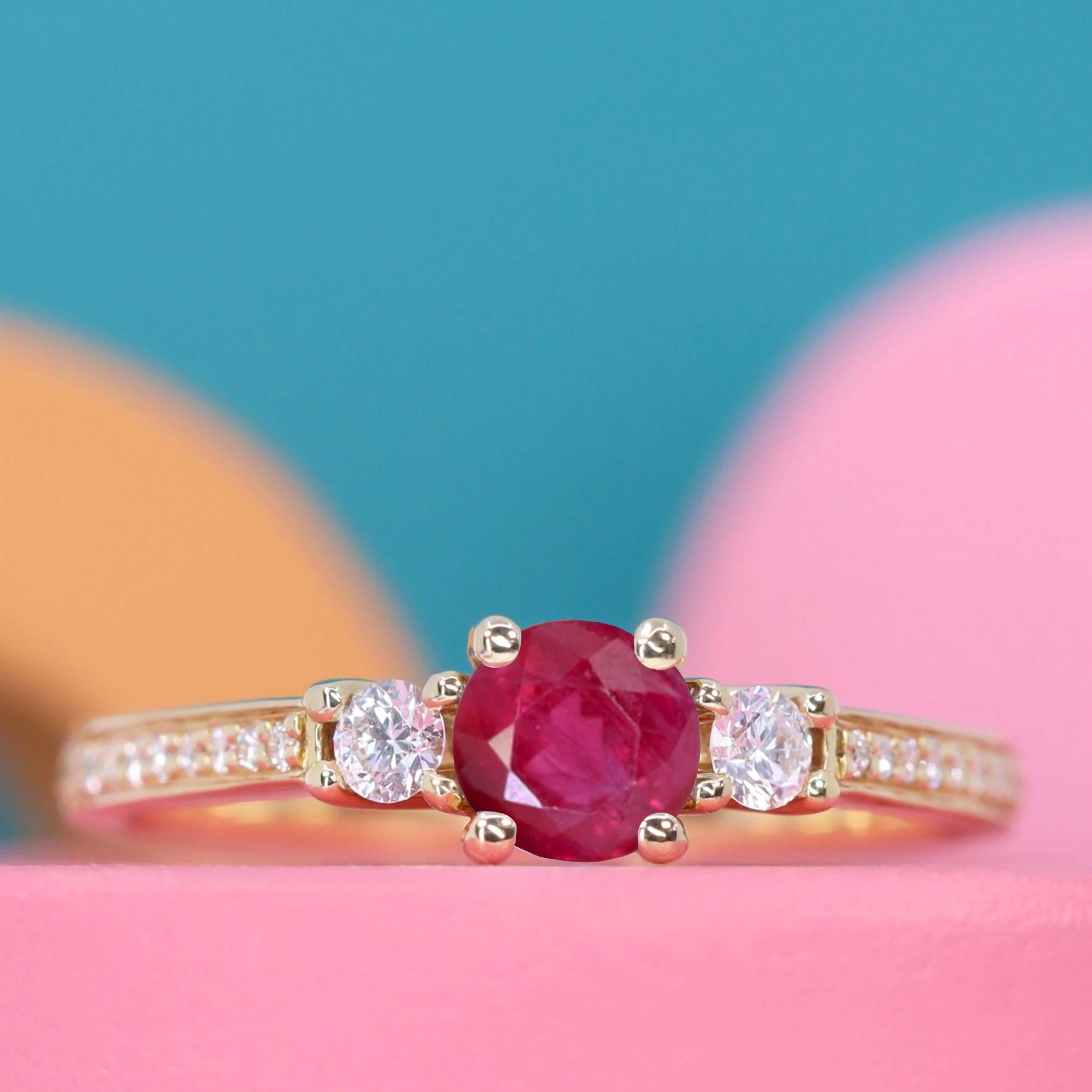

Finally, I'll leave you with my favourite fact about Sapphires! Did you know that Ruby is actually just a red Sapphire? Mind-blowing, I know. Both Rubies and Sapphires are chemically the same, and belong to the family of gemstones called 'Corundum'. The only difference is their colour, with red being classified as Ruby, and every other colour is called Sapphire.
The distinction between Rubies and Sapphires was originally made for marketing purposes, with red corundum being given the name Ruby.
Rubies have been highly valued for centuries, and are considered one of the top coloured gemstone choices, alongside Sapphire and Emerald. In conclusion, no matter which gemstone you choose, your precious jewellery will be stunning, and bring you joy for many years to come!


